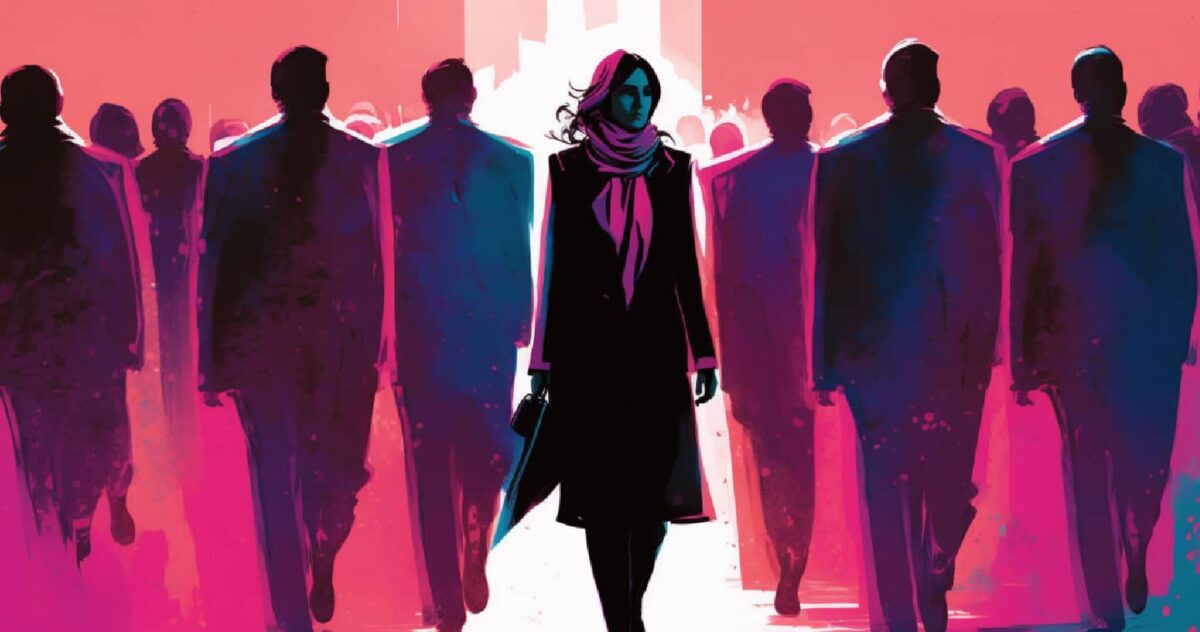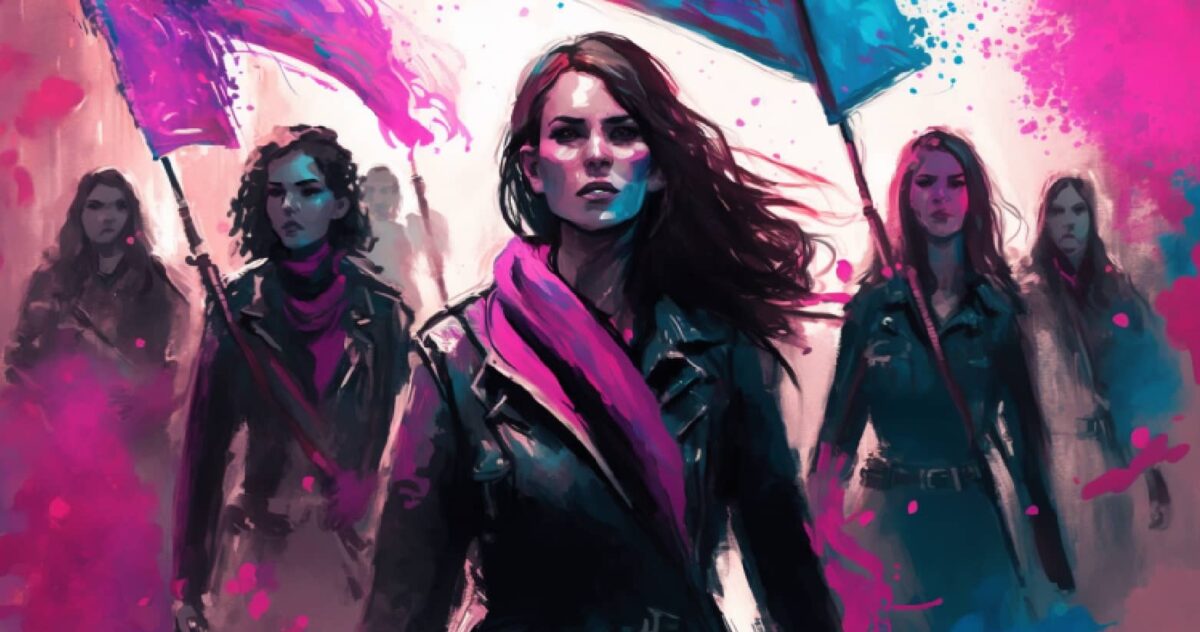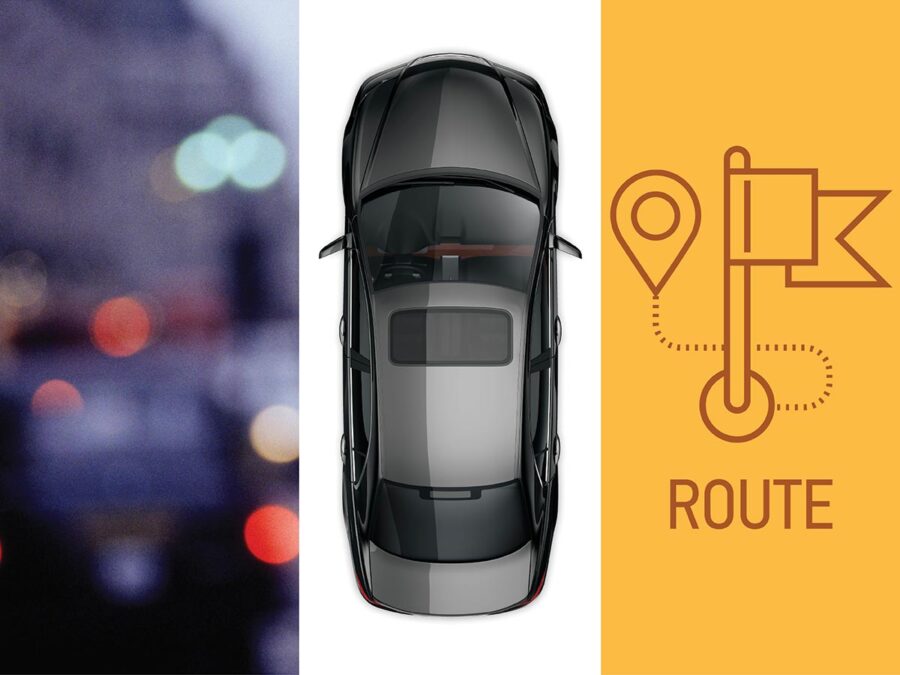She’s probably a gamer, or crafting digital zombies as an NFT artist, and she might make you feel a tad uneasy. Here’s what brands can learn from her.
The next icon in advertising is probably getting nudged by her parents to log off at this very moment.
They think she’s “playing” Minecraft, but she’s applying the finishing touches to that new line of fashion skins she’s selling to other game players—skins being the attire players purchase to customize their in-game avatars. She’s on Twitch liaising with sustainable fashion brands to bring those styles to life, so her pals can sport avatar-inspired looks at school. Unbeknownst to her, she’s already laid the foundation for a D2A (direct to avatar) advertising agency in the Metaverse.
She’s the vanguard of content marketing and storymaking. And she probably needs to study for that science quiz before she gets back online.
With economic trends as wind beneath her wings, she’ll have a stronger entrepreneurial support network. Last year, women-led businesses outperformed their male counterparts in revenue by 5%, a trend reported by Forbes. This wasn’t a mere flash in the pan; a consistent growth trajectory is noted with a 2% annual revenue increase coupled with a 3% dip in expenditures. All of this, despite the uphill battle women continue to face in securing venture capital for business expansion.
Modern tech furnishes women with the tools to connect with business mentors and niche audiences utilizing Web3 strategies, D2A, chatbots, livestreaming, podcasting, and beyond. As Pace marks its 50-year milestone as a woman-owned enterprise, we’re spotlighting the female trailblazers who are making waves in these realms. More crucially, we’re decoding the lessons brands can glean from them, ensuring we all have a shot at iconic status 50 years hence.
Embrace the Awkward Conversation.

Cindy Gallop has carved a niche in addressing hard-hitting topics surrounding women’s issues (she even took the porn industry head-on). So, when a job recruiting firm sought a striking marketing campaign, they seized the opportunity to tackle the awkward yet crucial dialogue: women’s equitable pay. Gallop morphed into the voice and persona of a chatbot, acting as a personal pep talker and financial coach, guiding women on negotiating a raise.
With 110 million media impressions and over $1 million in earned media, the Cindy Gallop chatbot was a roaring success as per the campaign’s submission for the Shorty Awards. Working alongside Kate Carter, a senior copywriter, Gallop helped fine-tune the campaign’s messaging which debuted on International Equal Pay Day in 2017.
“It’s extraordinarily powerful how confident [Gallop] is — it’s almost contagious,” Carter shared with Mashable regarding crafting the bot in Gallop’s signature style.
The takeaway: Don’t sidestep awkward dialogues. Take the reins and steer the conversation. It’s your ticket to a memorable brand presence.
Forge Your Own Path.

Suneera Madhani’s journey to founding a unicorn company (a term coined for the rare breed of private firms valued over $1 billion) was far from smooth sailing. Early in her journey, she’d grace fintech events as the keynote speaker only to be mistaken for hotel staff.
She spearheaded Stax, an online, subscription-centric credit card service. Initially, her proposal fell on deaf ears at her workplace. However, her Pakistani-immigrant parents, who had navigated the challenging terrain of entrepreneurship themselves after moving to the U.S., nudged her towards building her vision independently. In 2014, she unveiled the company and embraced Instagram as a beacon of inspiration for fellow female entrepreneurs, defying the naysayers who believed “CEOs aren’t on Instagram.” Later, she founded a membership-driven platform dubbed CEO School, empowering women to helm their own enterprises. The impact was profound: a whopping 25% of the CEOs under her mentorship surpassed the million-dollar revenue milestone, as per the platform’s data.
“It’s as if I have all these advocates talking about me, or the company, when I’m not in the room,” Madhani recounted to Forbes about her social media journey. “I do think that it’s a huge part, and it has definitely cultivated the success of my companies …”
The takeaway: Ditch the self-aggrandizement on social media. Harness these platforms to impart knowledge on tackling issues with your offerings. Kickstart a podcast. Despite the skeptics, podcasting is alive and kicking. Cultivate an audience by either educating or entertaining them; gradually unveil additional insights, products, and exclusive deals. Propose tiered premium memberships and subscriptions.
Embrace the Unknown: NFTs and Web3

Do these jeans make my butt look dead? Ask Betty, the co-founder of Deadfellaz, a non-fungible token (NFT) art collection. She curated a digital art collection of zombies that attracted a massive fan base in the NFT market, including celebrities like Reese Witherspoon and Lionel Richie. Today, over 6,500 people own the 10,000 digital zombie creations in the Deadfellaz art collection, which sold out within 20 minutes of launch on September 13, 2021, and traded over $9 million in Australian currency within the first month.
Legacy brand Wrangler wanted in. When the jeans company celebrated its 75th anniversary last year, they asked Betty to help them create a Web3 campaign. She tapped Deadfellaz artist Leon Lee to make a comic strip featuring Deadfellaz characters. Lee released one new slide each day, and fans voted on what would happen in the next comic strip panel. Participants were entered into a raffle to win a vintage pair of Wrangler denim jeans embedded with a near-field communication chip. When scanned, it produced the NFT comic created by the Deadfellaz community. And Deadfellaz designed a jacket and T-shirt for the Wrangler site.
“It wasn’t just a toe-dip in Web3,” Betty says. “It was really integrated into Web3 tech.”
The takeaway:
Embrace NFTs and Web3. It’s OK if you don’t know anything about them. Nobody really does. That’s the beauty of it. We’re all learning together.
When in doubt, collaborate with the artists and innovative thinkers already working in that space. They’ll happily show you the way.
As for that future icon in advertising, she’s also your future customer. Are you ready? We are.
Looking back: Women who made history

1880s-90s: Nellie Bly, a journalist and writer, pioneered stunt journalism and storytelling. She used her adventurous curiosity to tell investigative stories around the world. Bly lent her name to endorse a variety of products, including a board game named after her famous book “Around the World in Seventy-Two Days.”
1910s: Helen Lansdowne Resor has been recognized as one of the first women copywriters in advertising. She focused on the emotional connection between women and products when she wrote lines such as “A Skin You Love to Touch” for Woodbury’s Facial Soap.
1960s: Mary Wells Lawrence became one of the first female advertising agency owners when she opened Wells Rich Greene. Under her leadership, the agency created some of the most memorable advertising campaigns, such as “Plop, plop, fizz, fizz” and the groundbreaking campaign “I LOVE NY.”
1970s-90s: Charlotte Beers was the first woman to join the executive ranks at global ad agencies J. Walter Thompson and then Ogilvy & Mather. She was later appointed under secretary for public diplomacy and public affairs in the aftermath of the 9/11 attacks.
1990s to now: Cindy Gallop shook up the traditional approaches and stereotypes of advertising to women, promoting diversity and inclusion. Later, she was the face and voice of the chatbot that helped women ask for a raise. And her MakeLoveNotPorn campaign advocates for honesty in human relationships.
2000s-2010s: Having started her career at Spike Lee’s advertising agency, Bozoma Saint John later joined PepsiCo, working on the Refresh Project that awarded $20 million in grants to individuals and businesses that had a positive impact on their communities, marking the start of cause marketing.
2020s: Margaret Johnson is the chief creative officer at Goodby, Silverstein & Partners and leads immersive advertising experiences featuring AR and VR technologies. She’s a founding member of the 3% Conference, a movement that promotes diversity in creative leadership at ad agencies.



